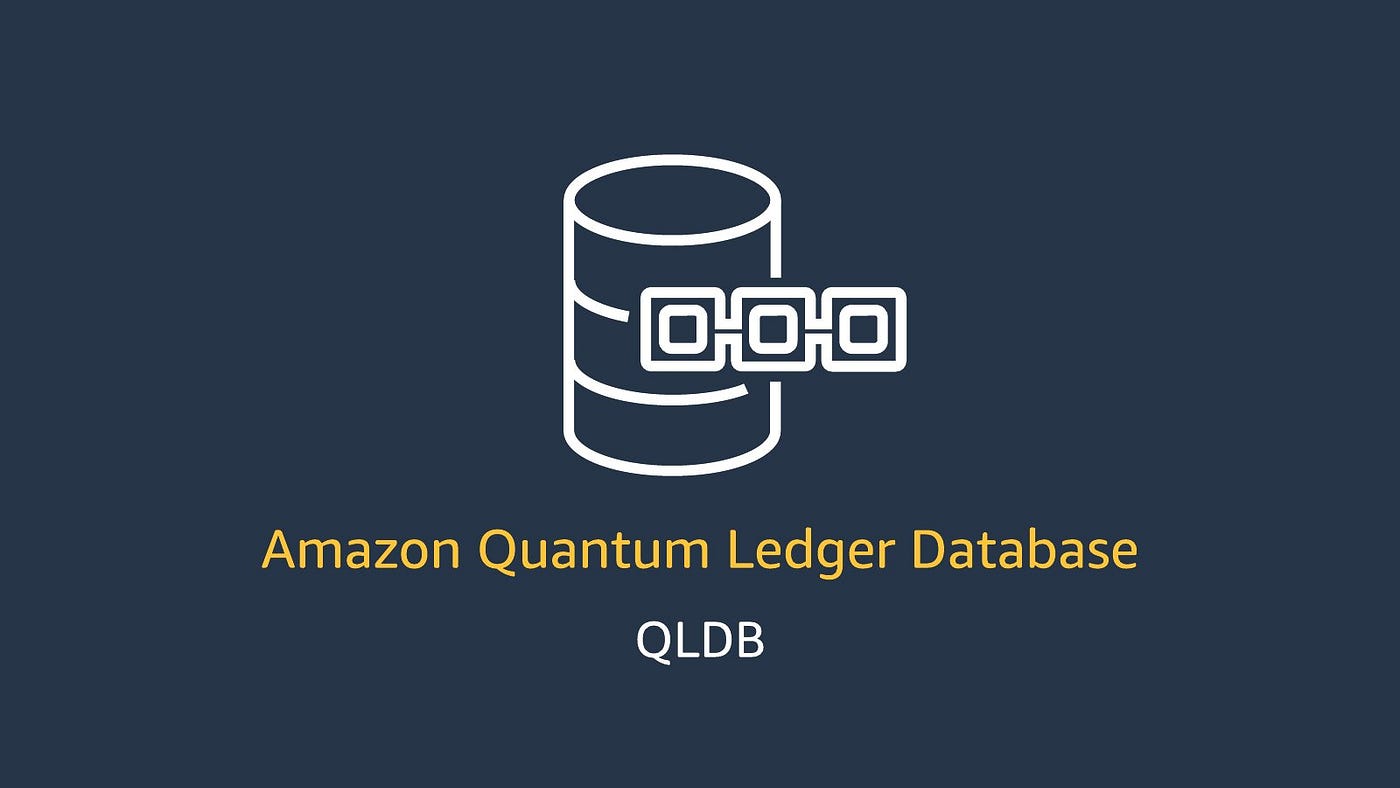A Beginner's Guide to Implementing Amazon QLDB in AWS
 Sumit Mondal
Sumit Mondal
In the world of database management, ensuring data integrity and reliability is paramount. Amazon Web Services (AWS) offers a range of powerful tools to meet these needs, and one such tool is Amazon Quantum Ledger Database (QLDB). QLDB is a fully managed ledger database service that provides transparent, immutable, and cryptographically verifiable transaction logs. In this blog post, we'll explore what Amazon QLDB is, why it's beneficial, and how to implement it in AWS, with easy-to-follow examples.
Understanding Amazon QLDB
Amazon QLDB is designed to provide a transparent and immutable transaction log that keeps a complete and verifiable history of all changes to application data. It uses cryptographic techniques to ensure the integrity and authenticity of the data, making it suitable for use cases such as auditing, compliance, and tracking changes to financial data.
Why Choose Amazon QLDB?
There are several reasons why Amazon QLDB might be the right choice for your application:
Immutable Log: QLDB maintains an immutable log of all transactions, making it easy to track changes and verify the integrity of data.
Fully Managed: AWS takes care of the infrastructure management, allowing you to focus on building your application rather than worrying about database maintenance.
Scalability: QLDB automatically scales to handle your workload, ensuring consistent performance as your application grows.
Security: With built-in encryption and authentication features, QLDB helps you keep your data secure and compliant with industry standards.
Implementing Amazon QLDB in AWS
Now let's dive into the steps to implement Amazon QLDB in your AWS environment:
Step 1: Create a QLDB Ledger
The first step is to create a QLDB ledger using the AWS Management Console or the AWS CLI. A ledger is a journal that records all transactions and changes to your data.
aws qldb create-ledger --name my-ledger --permissions-mode ALLOW_ALL
Step 2: Configure Permissions
Next, configure permissions to control who can access your QLDB ledger. You can use AWS Identity and Access Management (IAM) policies to define fine-grained access controls.
aws qldb update-ledger --name my-ledger --permissions-mode ALLOW_ALL
Step 3: Create Tables
Now, create tables within your QLDB ledger to store your data. Define the table schema and create indexes as needed.
aws qldb create-table --name my-table --ledger-name my-ledger --table-schema file://table_schema.json
Step 4: Insert Data
With your tables in place, you can start inserting data into your QLDB ledger. Use the QLDB driver for your preferred programming language to interact with the ledger.
from qldb.driver.qldb_driver import QldbDriver
driver = QldbDriver(ledger_name='my-ledger')
driver.execute_statement("INSERT INTO my-table VALUE 'example'")
Step 5: Query Data
Finally, query your data to retrieve information from the QLDB ledger. You can use standard SQL queries to search for specific records or perform analytical tasks.
result = driver.execute_statement("SELECT * FROM my-table WHERE value = 'example'")
for record in result:
print(record)
Conclusion
Implementing Amazon QLDB in AWS can provide you with a reliable and secure way to manage your application data. By following the steps outlined in this guide, you can set up a QLDB ledger, insert and query data, and leverage the benefits of immutable transaction logs. Whether you're building a financial application, auditing system, or any other data-intensive application, QLDB offers a robust solution for maintaining data integrity and transparency. Start exploring the possibilities today!
Subscribe to my newsletter
Read articles from Sumit Mondal directly inside your inbox. Subscribe to the newsletter, and don't miss out.
Written by

Sumit Mondal
Sumit Mondal
Hello Hashnode Community! I'm Sumit Mondal, your friendly neighborhood DevOps Engineer on a mission to elevate the world of software development and operations! Join me on Hashnode, and let's code, deploy, and innovate our way to success! Together, we'll shape the future of DevOps one commit at a time. #DevOps #Automation #ContinuousDelivery #HashnodeHero